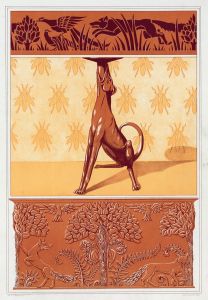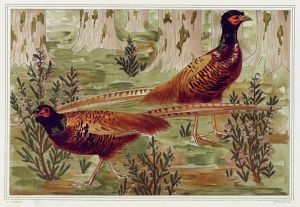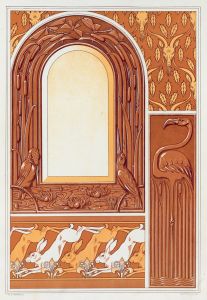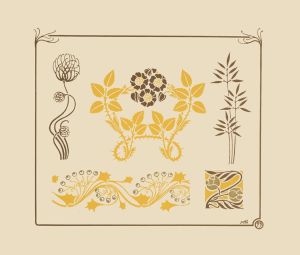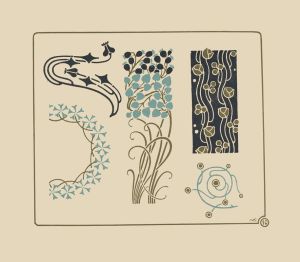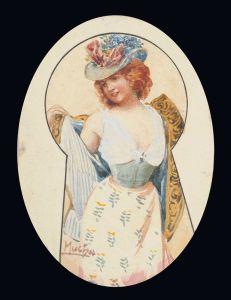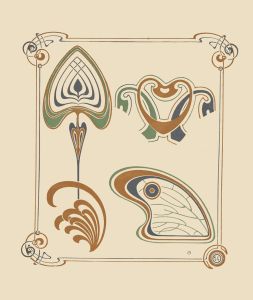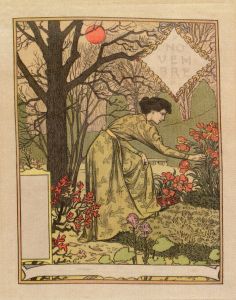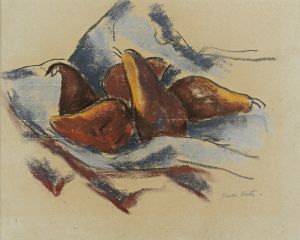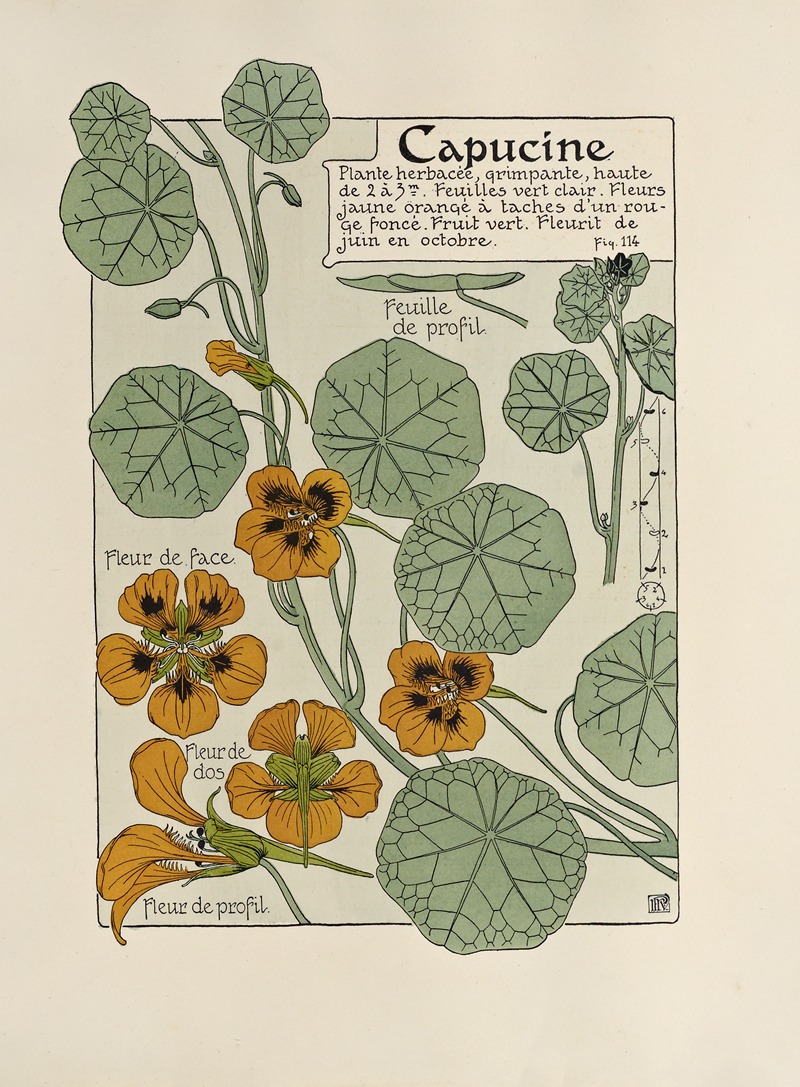
Capucine
A hand-painted replica of Maurice Pillard Verneuil’s masterpiece Capucine, meticulously crafted by professional artists to capture the true essence of the original. Each piece is created with museum-quality canvas and rare mineral pigments, carefully painted by experienced artists with delicate brushstrokes and rich, layered colors to perfectly recreate the texture of the original artwork. Unlike machine-printed reproductions, this hand-painted version brings the painting to life, infused with the artist’s emotions and skill in every stroke. Whether for personal collection or home decoration, it instantly elevates the artistic atmosphere of any space.
Maurice Pillard Verneuil was a prominent French artist and designer known for his contributions to the Art Nouveau movement. Born in 1869, Verneuil was recognized for his innovative use of color and form, often drawing inspiration from nature. His works spanned various mediums, including illustrations, posters, and interior design, reflecting the organic and flowing lines characteristic of Art Nouveau.
One of Verneuil's notable works is "Capucine," a piece that exemplifies his artistic style and thematic focus. While specific details about "Capucine" are limited, it is known that Verneuil frequently incorporated botanical elements into his art. The name "Capucine" itself refers to the nasturtium flower, which is consistent with Verneuil's tendency to draw from the natural world.
Verneuil's work often featured intricate patterns and vibrant colors, and "Capucine" likely follows this tradition. His designs were not only aesthetically pleasing but also served as a bridge between fine art and applied art, influencing decorative arts and design during the late 19th and early 20th centuries. Verneuil's ability to blend artistic beauty with functional design made his work highly influential in the Art Nouveau movement.
Throughout his career, Verneuil published several books and portfolios that showcased his designs and artistic philosophy. These publications often included detailed illustrations of plants, animals, and other natural forms, serving as both artistic inspiration and practical guides for designers and artists of the time. His work contributed to the dissemination of Art Nouveau aesthetics, making the style accessible to a broader audience.
Verneuil's influence extended beyond France, impacting artists and designers across Europe and beyond. His work was part of a larger movement that sought to break away from the rigid structures of academic art, embracing a more fluid and organic approach. This shift was reflective of broader cultural changes during the period, as society moved towards modernity and embraced new artistic expressions.
In summary, while specific information about the artwork "Capucine" by Maurice Pillard Verneuil is limited, it can be understood within the context of his broader body of work and his contributions to the Art Nouveau movement. Verneuil's art, characterized by its use of natural motifs and vibrant colors, played a significant role in shaping the decorative arts of his time. His legacy continues to be appreciated for its beauty and its impact on the evolution of modern design.






